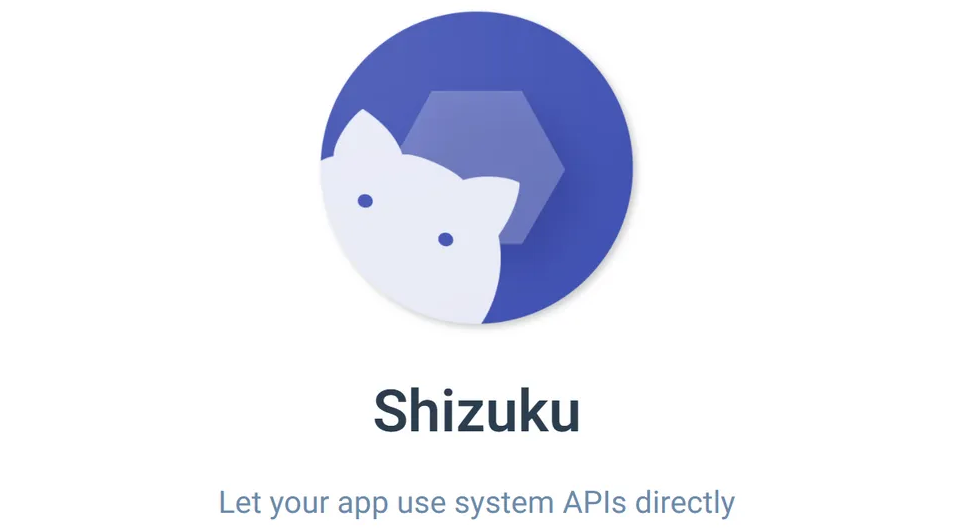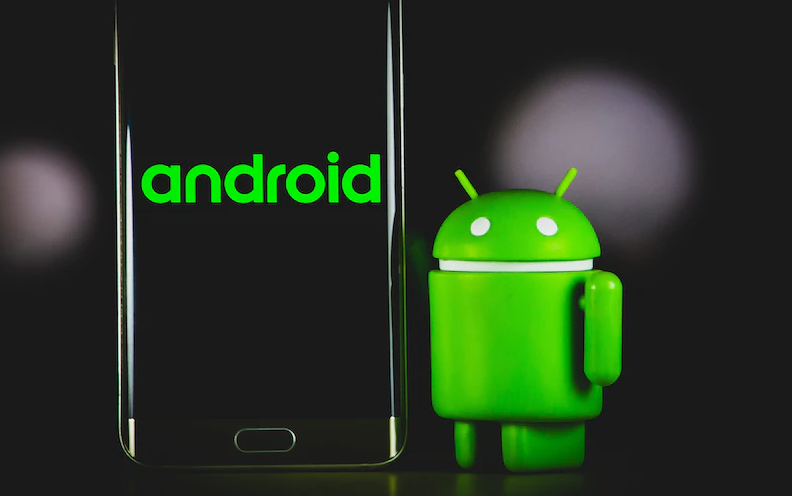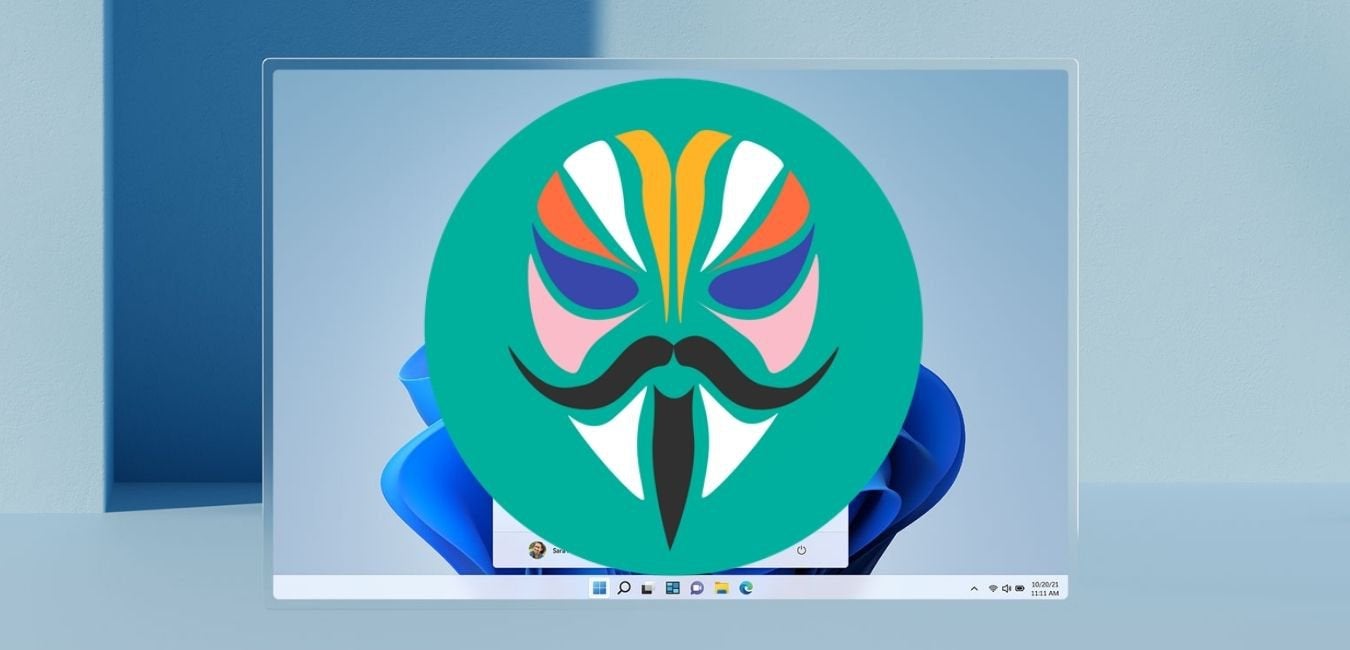In this article, we will show you how to install and set up the popular app called Shizuku on the Google Pixel 7 or the Pixel 6 series. Android itself is a highly customizable mobile operating system but you can take this a step further by using ADB Commands. There are even some apps that require root access and can let you completely change the way the operating system works.
For example, I use a root app called ACC to limit my smartphone to only charge up to 80% so that I can prolong the battery life of my device. Some people are averse to using ADB because it requires connecting the smartphone or tablet to the PC and manually typing out commands using a command line interface.
What is Shizuku
Shizuku is an application that can grant those special permissions directly on your device. It allows third-party applications to access system-level APIs on Android that will normally require the user to execute those ADB Commands.
The only requirement here for this to work is that the application itself must be programmed with Shizuku in mind. Shizuku is an open-source project that Rika Haru and some other seasoned Developers are currently maintaining.
Initial Setup Requirements
Now, the initial setup of Shizuko requires you to execute an ADB command unless you already have root access. So, if you have already rooted, you can simply tap the start button right in the Shizuku app and if you don’t have a PC to execute an ADB command or you just don’t want to go through that hassle, then you can set up Shizuku using the wireless debugging feature mentioned there.
In this article, we will be using a simple ADB command and again, this does require a PC that has ADB and fastboot tools installed. If you haven’t installed ADB on your computer yet, be sure to check this link, as we have already written a detailed guide on this.
If you want to use the wireless debugging method, follow the step-by-step guide here. Then, you can use the pairing button and once that is all setup, you can tap the start button to initiate the service.
For us to execute this ADB command, we need to make sure that USB debugging mode is enabled and that this is done via the developer options menu. If you haven’t enabled it already, go into the settings app, find the hidden developer options menu and make sure that you have enabled USB debugging mode.
How do you install and set up Shizuku on Android?
Download and Installation
- Download the Shizuku app from the Play Store.
- Open the app and scroll down a bit until you see a section that says, “Start by connecting to a PC“.
- In that section, you will see a blue button that says “View command”. Click on that button to view the command and copy that command line, as you will need it when you are using the command prompt.
Establishing an ADB Connection
- Next up, Connect your phone to your PC with a USB cable.
- Open up a command prompt, a Windows PowerShell, or a terminal window within the same folder as our ADB and fastboot tools.
- In the command prompt, type out the command without the quotes and hit enter:- ‘adb devices’
By doing this, you are making sure that your computer recognizes the connected smartphone or tablet. If you haven’t granted USB debugging access to the device, then after you execute this command, you will likely see a prompt appear on the device asking you if you want to allow this type of access. Simply grant that access and you should get a response from the command prompt telling you that ADB has connected to a device. You will also see a string of letters and numbers on the screen, indicating that your device is connected to a computer.
Activating Shizuku
- Once you know that ADB can recognize the device, you need to drop it into an ADB shell.
- Type out the following command and press enter: adb Shell
- You will see that you are still within a command prompt, but it looks a bit different than it was before. The word is likely going to be the code name for the device that you have connected to the PC. For example, Cheetah. Cheetah is the code name of The Google Pixel 7 Pro.
- Once you are in an ADB shell for your connected device, you can now execute the sh command required to start the Shizuku service. This is the same command that we mentioned earlier, so please copy from the app. This will either have to be typed out manually, or you can copy the line and paste it into the command prompt with a right click of your mouse.
- command: sh /sdcard/Android/data/moe.shizuku.privileged.api/start.sh
- Once you have this command typed out, press enter on the keyboard, and you should see a little bit of text being outputted in the command prompt.
- Once the process ends, you should see the line Shizuku started to exit with zero and as long as you see this and don’t see any other errors, you have completed the process successfully.
Finalizing the Setup
- As long as you see that the Shizuku service is running on the Shizuku app on your device, then you have completed the setup of Shizuku.
- Now, you can use whatever application you want that requires this app since the service is running in the background. However, you should know that if you ever restart your smartphone or tablet, then you will need to manually start the Shizuku service again.
- If you end up needing to install or set up an application that requires Shizuku to run in the background, you will either need to execute that ADB command or use the wireless debugging process.
- There are a number of apps that can use Shizuku to perform their actions rather than requiring you to have root access to the device.
Conclusion
We hope this helps everyone to get familiar with Shizuku and has helped you install it and set it up on your smartphone or tablet. If you have any questions about this setup process or just Android in general, then be sure to use the comment section below, and we will reply as soon as we can.
Experiencing difficulties with your Device, check out our “How To” page on how to resolve some of these issues.









1 comment